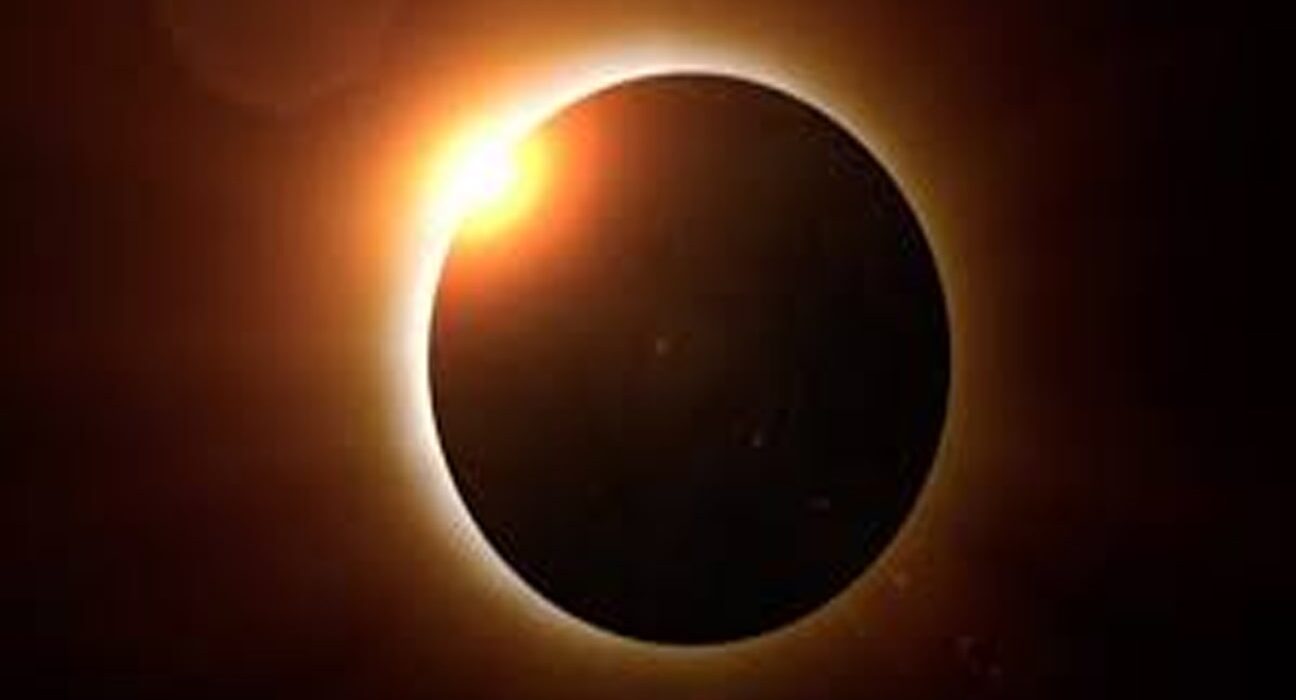The Spectacular 2024 Solar Eclipse: A Celestial Ballet of Light and Shadow

Introduction:
In the annals of astronomical phenomena, few events captivate the human imagination quite like a solar eclipse. On April 8, 2024, the world will bear witness to one of nature’s most breathtaking spectacles: a total solar eclipse. Spanning a path across North America, this celestial ballet of light and shadow promises to inspire awe and wonder in all who behold it.
The Path of Totality:
The path of totality, where the sun will be completely obscured by the moon, stretches across a swath of North America, casting a fleeting shadow upon the Earth’s surface. Starting in Mexico, the eclipse’s journey takes it through the United States, passing over states such as Texas, Oklahoma, Arkansas, Missouri, Illinois, Kentucky, Indiana, Ohio, New York, Vermont, New Hampshire, and Maine, before finally exiting over the Canadian provinces of New Brunswick, Prince Edward Island, and Newfoundland and Labrador.
Duration and Timing:
The total solar eclipse of 2024 will last for approximately 4 minutes and 28 seconds at its maximum duration. The timing of the eclipse varies depending on the observer’s location along the path of totality. For example, it is estimated to begin around 10:15 a.m. Central Daylight Time in Mexico and conclude around 3:50 p.m. Atlantic Daylight Time in Canada.
Safety Precautions:
It’s essential to observe safety precautions when viewing a solar eclipse to protect your eyes from harmful radiation. Specialized eclipse glasses or solar filters must be used to directly observe the sun during the partial phases of the eclipse. Alternatively, indirect viewing methods such as pinhole projectors can also provide a safe way to witness this celestial event.
Cultural and Scientific Significance:
Solar eclipses have long held cultural and scientific significance for civilizations throughout history. Ancient cultures often interpreted eclipses as omens or divine messages, while modern astronomers utilize these events to study the sun’s corona, solar flares, and the Earth’s atmosphere. The 2024 eclipse offers researchers and enthusiasts alike a unique opportunity to conduct scientific observations and engage in public outreach activities.
Artistic Interpretations:
The beauty and drama of a total solar eclipse have inspired artists for centuries. From paintings and photographs to music and literature, the eclipse serves as a muse for creative expression. As the moon’s shadow dances across the landscape, casting an ethereal glow and revealing the sun’s corona, artists will undoubtedly seek to capture the ephemeral magic of this celestial phenomenon through various mediums.
Conclusion:
The 2024 solar eclipse promises to be a mesmerizing event, uniting people from different backgrounds and cultures under the same celestial canopy. As the moon briefly obscures the sun, casting the Earth into temporary darkness, we are reminded of the profound interconnectedness of the cosmos and our place within it. Whether you’re a seasoned astronomer or a casual observer, mark your calendars and prepare to witness the splendor of the 2024 solar eclipse—a truly awe-inspiring spectacle of nature.











